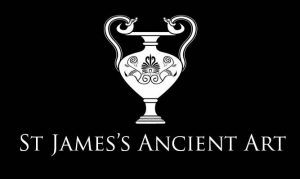The scarab beetle was an exceedingly popular symbol in the art of Ancient Egypt, thought to represent the sun god, Ra. The Ancient Egyptians believed that the scarab beetle rolling its ball of dung across the desert mirrored the journey of the sun across the sky from day to night. As the beetle laid its eggs within the dung, it became a symbol of rebirth and regeneration. It was not uncommon for hieroglyphs found on scarab amulets to be apotropaic, instead of creating phrases or sentences, their purpose was instead to invoke good omens and provide protection for the wearer, depending on the glyphs incised.
To discover more about amulets in the Ancient Egyptian world, please visit our relevant post: Amulets in Ancient Egypt.










